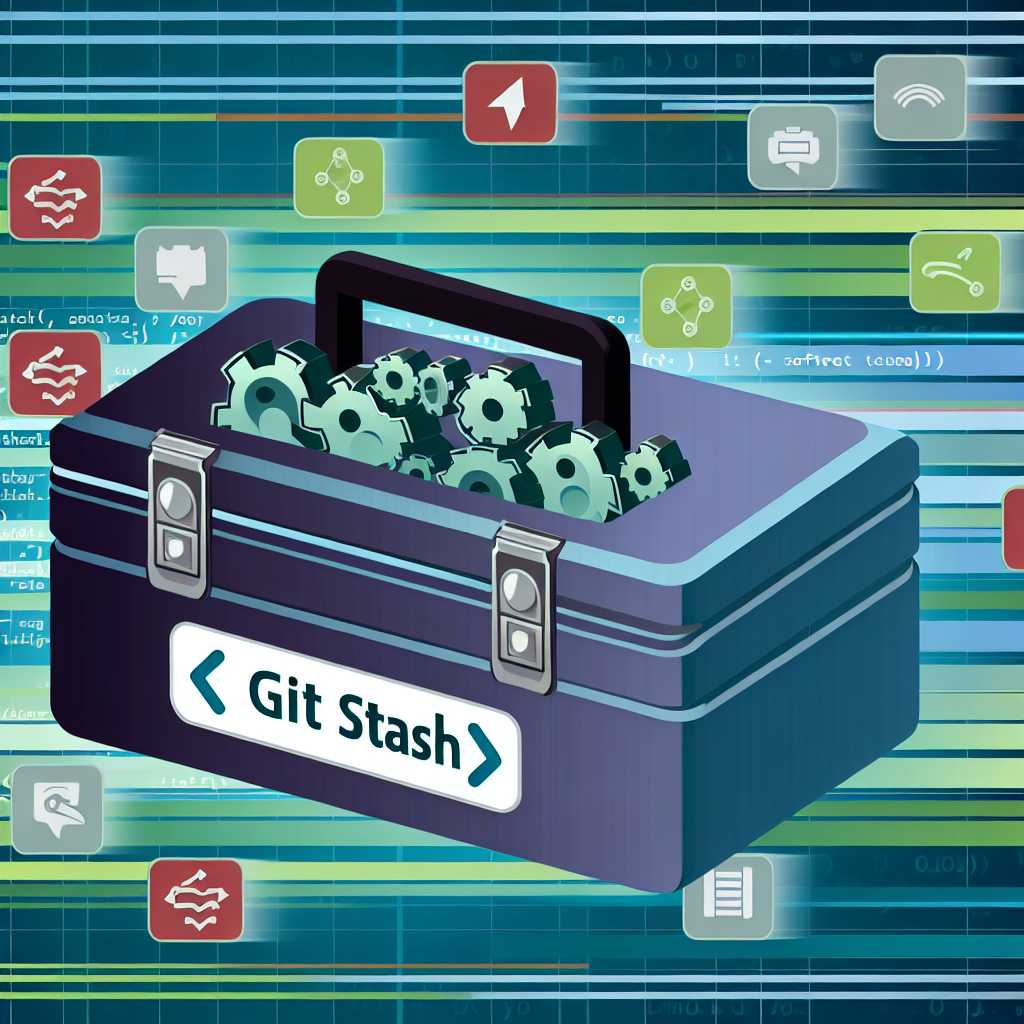In the fast-paced world of software development, there are moments when you find yourself knee-deep in code, conflicted between saving work or reverting to tackle an urgent task. Often, approaching a solution involves experimentation, testing, and sometimes even a bit of creative chaos. But what happens when, mid-experiment, you encounter a need to switch tasks abruptly? Enter Git stash—a developer’s secret weapon that streamlines multitasking within version control.
What is Git Stash?
Git stash is a powerful command that allows developers to save changes in a dirty working directory without committing them. The changes are stored temporarily, making the working directory clean and allowing you to switch branches or work on something else without losing progress. It’s like saving your progress in a video game before trying out a risky move!
Why You Should Use Git Stash
-
Task Switching Without Friction: Say you’re developing a feature on a branch and need to fix a bug on another. With
git stash, you can store your work-in-progress, switch branches to hotfix the bug, and then return to your feature development with ease. -
Mitigating Feature Branch Overload: It’s common for developers to frequently switch contexts. Git stash ensures that you don’t end up with half-baked commits or an overwhelming number of branches because you can simply ‘park’ your changes temporarily.
-
Keeping Commits Clean: Sometimes, you’re implementing a feature but haven’t figured out the full commitment you want to make. By stashing, you can retain conceptual integrity by committing only when your work reaches a logical stopping point.
How to Use Git Stash Effectively
-
Saving Unfinished Work: Use
git stashto store all uncommitted changes. You can retrieve them later usinggit stash applyorgit stash pop. -
Navigating the Stash Stack: Use
git stash listto view all stashed changes. Each stash is given an index allowing you to manage multiple sets of stashed changes. -
Selective Stashing: Use
git stash save "your message"to store your changes with a contextual message for easy identification. -
Partial Stashing: You can stash only some files or even some changes within files using additional options like
git stash push -p.
Common Pitfalls and How to Avoid Them
-
Forgetting to Apply Saved Stashes: It’s easy to overlook stashed changes if you frequently use
git stash. Make it a habit to check the stash stack regularly withgit stash list. -
Assuming Stashes are Permanent Backups: Don’t treat stashes as long-term backups; they’re ephemeral in nature. Always commit work that you intend to preserve.
The more you integrate Git stash into your daily workflow, the more you’ll find your productivity and flexibility soaring. Keep your codebase tidy and your mind focused by leveraging the power of this undertapped Git command.


Leave a Reply